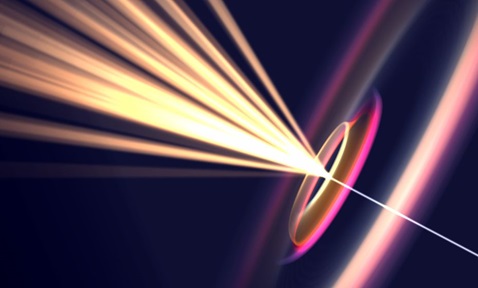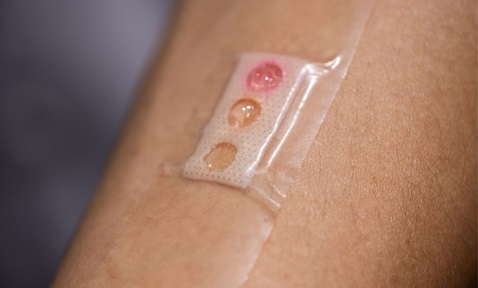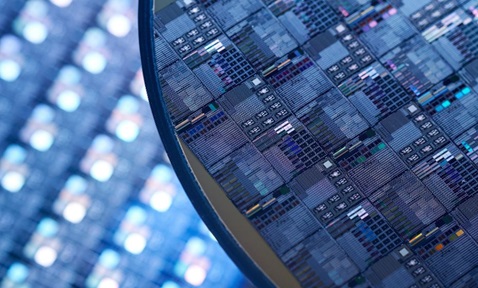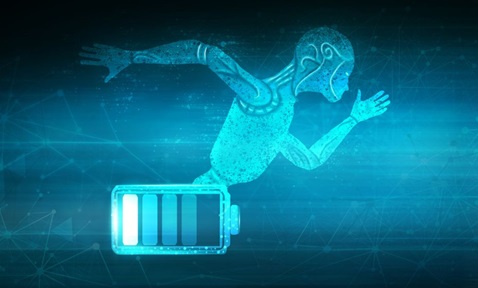
Lab-Scale, Tunable Water Window X-ray Imaging Source
Synopsis
The "water window" (2.3-4.4 nm) offers a unique X-ray range, where X-rays are transparent to water but absorbed by carbon-based materials, making it ideal for scientific and medical applications. Our technology offers a finely tuneable monochromatic water window X-ray source, employing free electrons and van der Waals materials. Applications include structural biology, soft X-ray microscopy and nanomaterial characterisation. We seek healthcare partners for collaborative exploration.
Opportunity
The "water window" refers to a specific range of X-ray wavelengths, typically between about 2.3 to 4.4 nm, where X-rays are transparent to water but absorbed by carbon-based materials like proteins and lipids.
This unique property of X-ray source at water window makes it particularly interesting for various scientific and medical applications:
- Structural Biology: especially macromolecules like proteins and nucleic acids. Since these molecules are composed primarily of carbon, hydrogen, oxygen and nitrogen, they are absorptive to X-rays in the water window range. Researchers can
use this X-ray source for crystallography to determine the three-dimensional structures of these molecules without causing damage.
- Soft X-ray Microscopy: provides a non-destructive way (without staining) to study biological samples, allowing for high-resolution imaging of cellular components and even individual cells. Possible cell and organelles imaging aids in understanding
cellular dynamics and organelle interactions.
- Nanomaterial Characterisation: allows the study of morphology, composition, and interactions at the nanoscale.
Additionally, other research areas such as biomedical research (including biological tissues and treatments), environmental science research and materials science can also benefit from this technology. The technology owner is looking for healthcare solution providers to explore use cases and realise the full potential impact of various applications of the water window technology.
Technology
Our technology represents a finely tunable monochromatic water window X-ray source, along with a compact design for a table-top water window X-ray imaging setup. The continuously tunable water window X-ray source is based on free electrons interacting with a crystalline material.
These tunable X-rays are generated by free electrons passing through a van der Waals (vdW) crystal made up of two-dimensional (2D) atomic planes bonded by weak vdW attraction. Graphite, for instance, serves as one such material capable of producing high-quality monochromatic tunable water window X-rays in a table-top setup.
The generated X-rays are real-time tunable and result from a combination of two mechanisms: parametric X-ray radiation (PXR) and coherent bremsstrahlung (CB), collectively referred to as parametric coherent bremsstrahlung (PCB) radiation.
These two forms of X-ray radiation (parametric X-ray radiation and coherent bremsstrahlung) have identical output X-ray photon energies. The 2D atomic layers of the vdW materials act as nano grating which diffracts off the evanescent field of the incident electrons into propagating photons, termed as parametric X-rays (PXR), whereas the other mechanism accounts for X-ray emission by an undulated electron due to a series of periodic interactions with the crystal lattice.
These different mechanisms can be used to tune the emitted X-ray photon energy by 1) varying the incident electron energy, 2) varying the tilt angle of the crystal, and 3) varying the composition of the vdW material.
This tunable water window X-ray source, based on free electrons interacting with vdW materials, can be combined with various X-ray optics for imaging of biological cells.
Summary of technology features:
- Parametric x-ray radiation;
- Free electron-driven crystalline vdW materials; and
- X-ray wavelengths, typically between about 2.3 to 4.4 nm, are absorbed by carbon-based materials such as proteins and lipids, yet remain transparent to water.
Applications & Advantages
Applications:
- Structural Biology: especially the study of macromolecules such proteins and nucleic acids
- Soft X-ray Microscopy: a non-destructive way (without staining) to study biological samples such as cellular components and individual cells; and
- Nanomaterial Characterisation
Advantages:
- Compact;
- Tunable & versatile X-ray source;
- Eliminates the need for intense lasers or energetic electrons or plasmas (low cost); and
- Potential for use in high-harmonic generation (HHG), laser plasma X-ray and synchrotron-radiation X-ray applications.


.tmb-listing.jpg?Culture=en&sfvrsn=29c7e020_1)

.tmb-listing.jpg?Culture=en&sfvrsn=3b74ec1c_1)
-and-the-coated-wood-(ntu-singapore).tmb-listing.jpg?Culture=en&sfvrsn=624bb80c_1)









